Explain the shifting of rivers courses and river capturing in the Himalayas ?
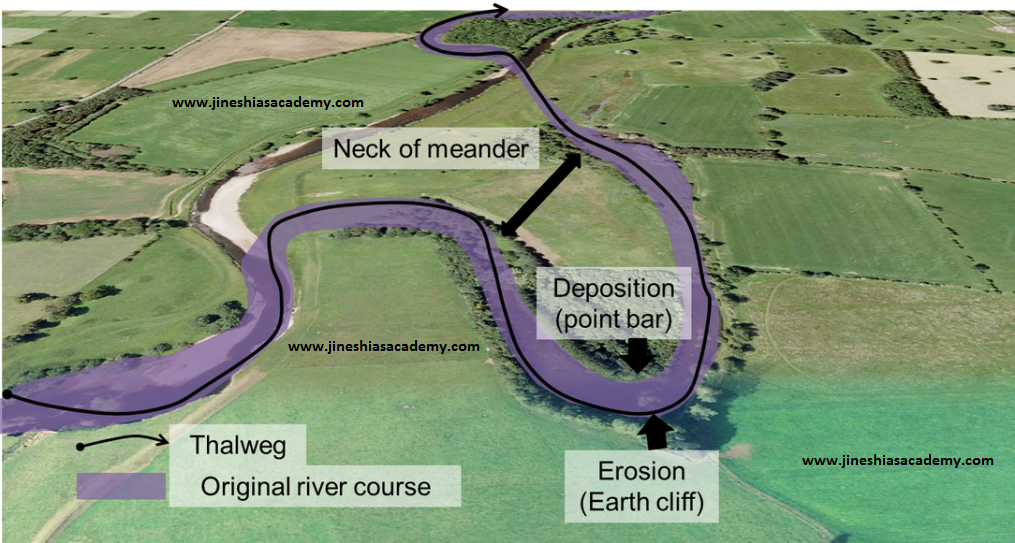
1-River capturing is mainly caused by the headward erosion of the river (which joins and captures the water of its neighbouring stream) and is very common in hilly regions like the Himalayas.
2- Due to level topography and gentle slope in the Great Plains rivers adopt meadering courses, swing in their valleys and often change their course (during floods due to increased quantity of water the streams try to straighten in their courses).
3-Earth movements do have their role in affecting these processes.
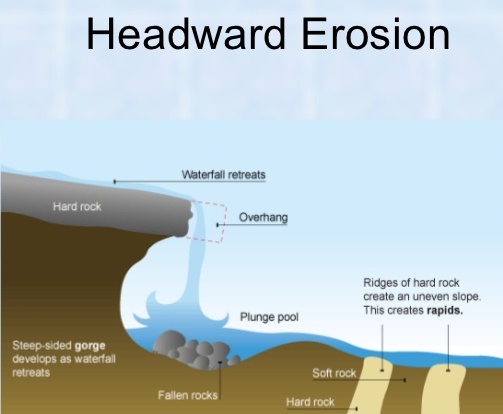

Following is a brief account of some such shifting courses and river capturing observed in the Great Plains during the recent past.for example:
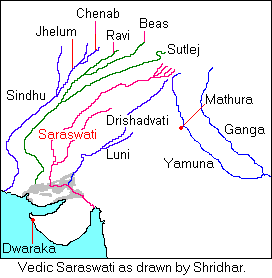

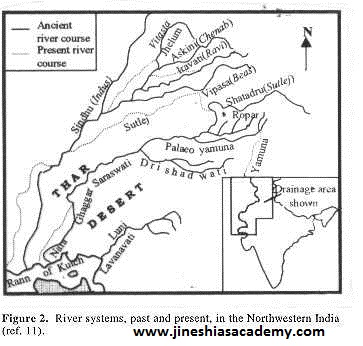 Ancient Saraswati river, which provided abode for early Aryan settlers, presents a typical example of shifting courses and river capturing. Descending from the Himalayan ranges its intial course was passing near Churu (about 2000 to 3000 BC) and the Luni River was its tributary. It gradually shifted towards west till it joined the Satluj (a tributary of the Indus River) near Ahmadpur (Bimal Ghose , 1979).
Ancient Saraswati river, which provided abode for early Aryan settlers, presents a typical example of shifting courses and river capturing. Descending from the Himalayan ranges its intial course was passing near Churu (about 2000 to 3000 BC) and the Luni River was its tributary. It gradually shifted towards west till it joined the Satluj (a tributary of the Indus River) near Ahmadpur (Bimal Ghose , 1979).
Later on the water of its upper course was captured by a tributary of the Ganga River as a result of which its lower course became dry. This gave birth to the Yamuna River which is today an important tributary of the Ganga system.Even today the dry valley of the Saraswati River is found in Rajasthan area in the form of Ghagghar valley.
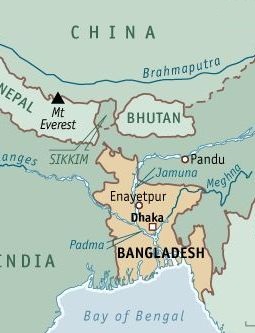 In the upper and middle Ganga plain the river appears to have shifted its course southward as is evidenced by the occurrence of numerous ox bow lakes north of its left bank.
In the upper and middle Ganga plain the river appears to have shifted its course southward as is evidenced by the occurrence of numerous ox bow lakes north of its left bank.
Initially it used to meet the Ganga River near Jaffar flowing through the Purnabhaba river of Barind region. During the floods of 1787 it suddenly adopted a new course and joined the Brahmaputra.
About 250 years ago the Brahmaputra flowing through Mymensingh was discharging its waters into the Meghna River. In due course of time it straightened its course and joined the Ganga (Padma) river forming a new stream called Jumna.
A feeble channel of the Brahmaputra is still flowing along the same old course and retains the old name. This change in the river course was associated with 30 m rise in Madhupur forest area between 1720-1830 A.D. Even the entry of the Brahmaputra to the plains of Assam is also the outcome of the process of river capturing.
Similarly Kapili, a tributary of the Brahmaputra, has captured the waters of the Meghna river of East Bengal. In those days the Meghna originated from the Barail Ranges (between Meghalaya and Manipur) and flowing southward it used to empty its waters in the eastern part of the Bay of Bengal. But Kapili, through headward erosion, captured its northern course.
The Lumding-Haflong Pass is an evidence of this left valley. In a similar way Dhansiri capturing the water of a tributary of the Kapili River has helped in the formation of a new river called Jumna.